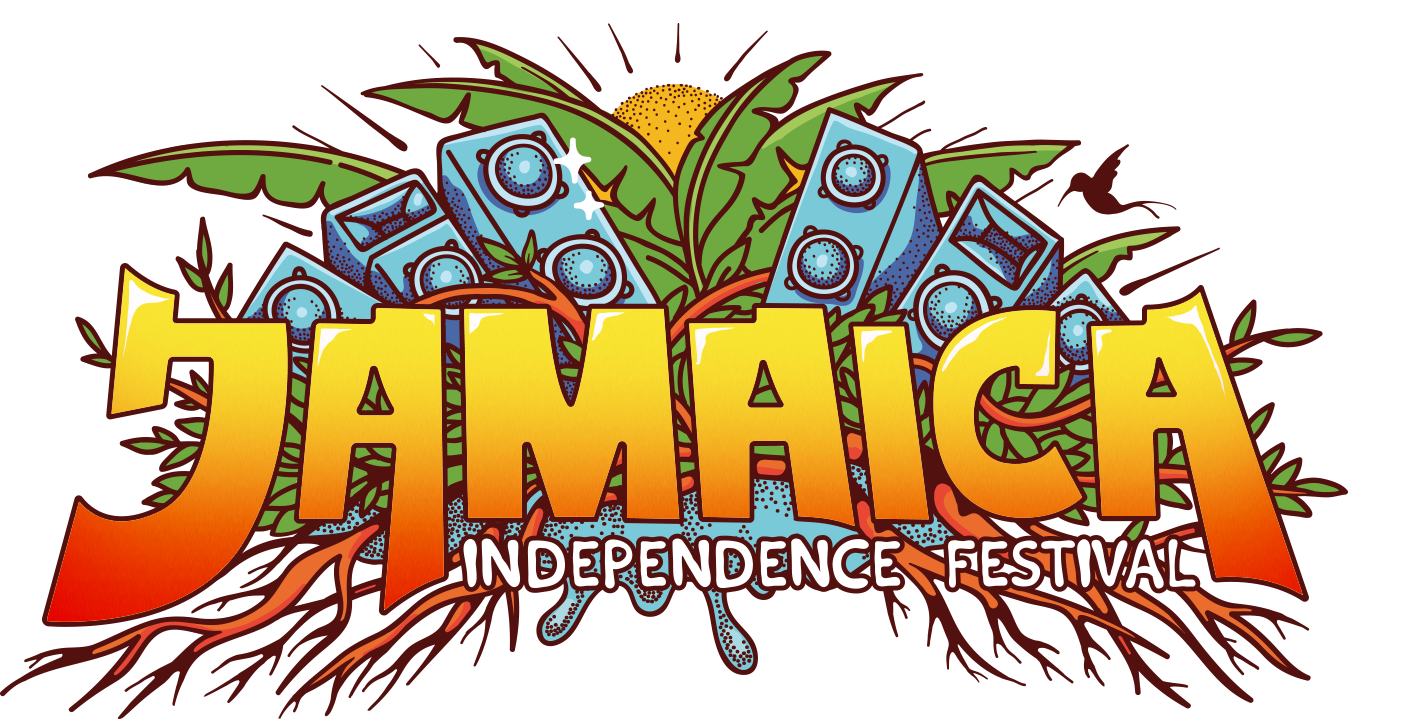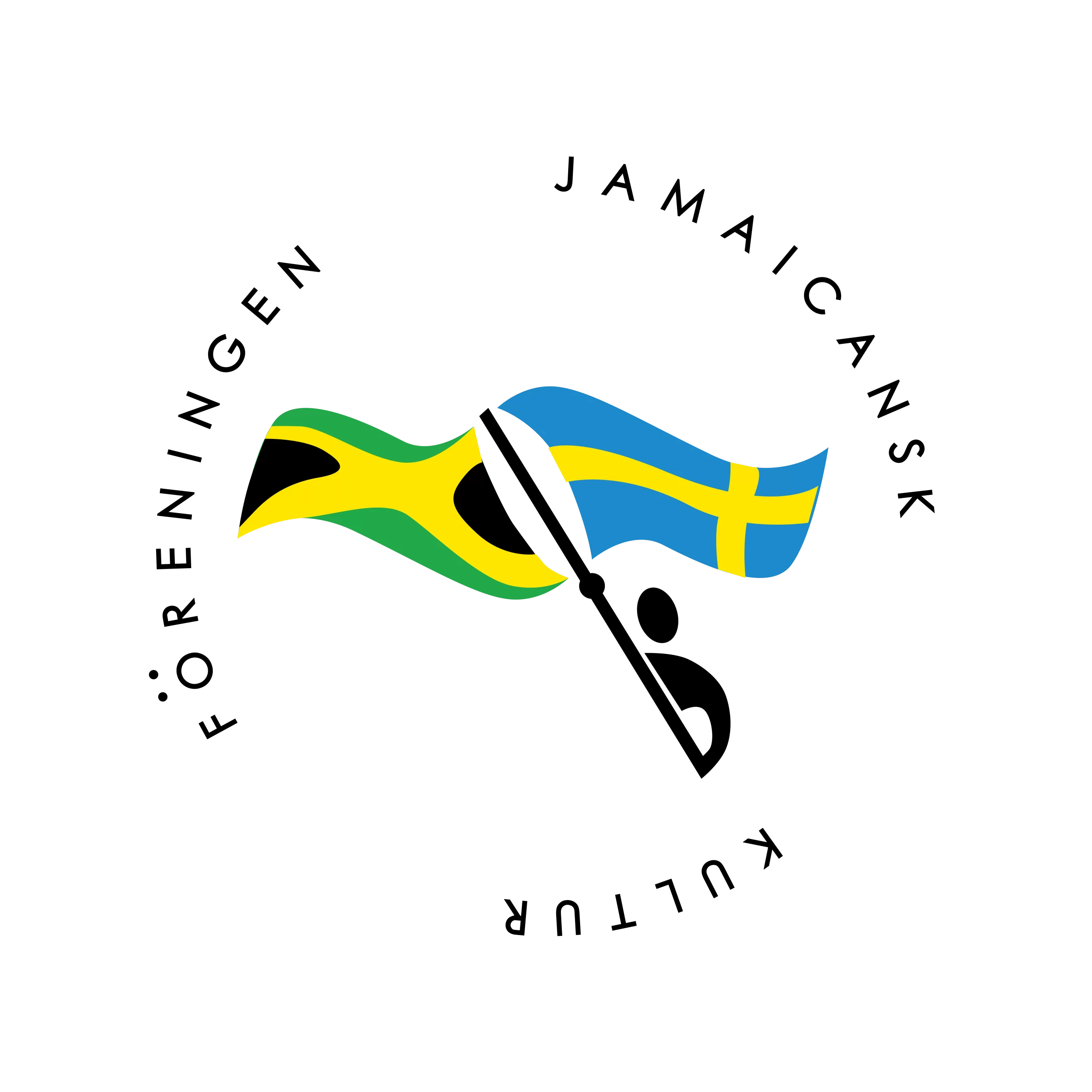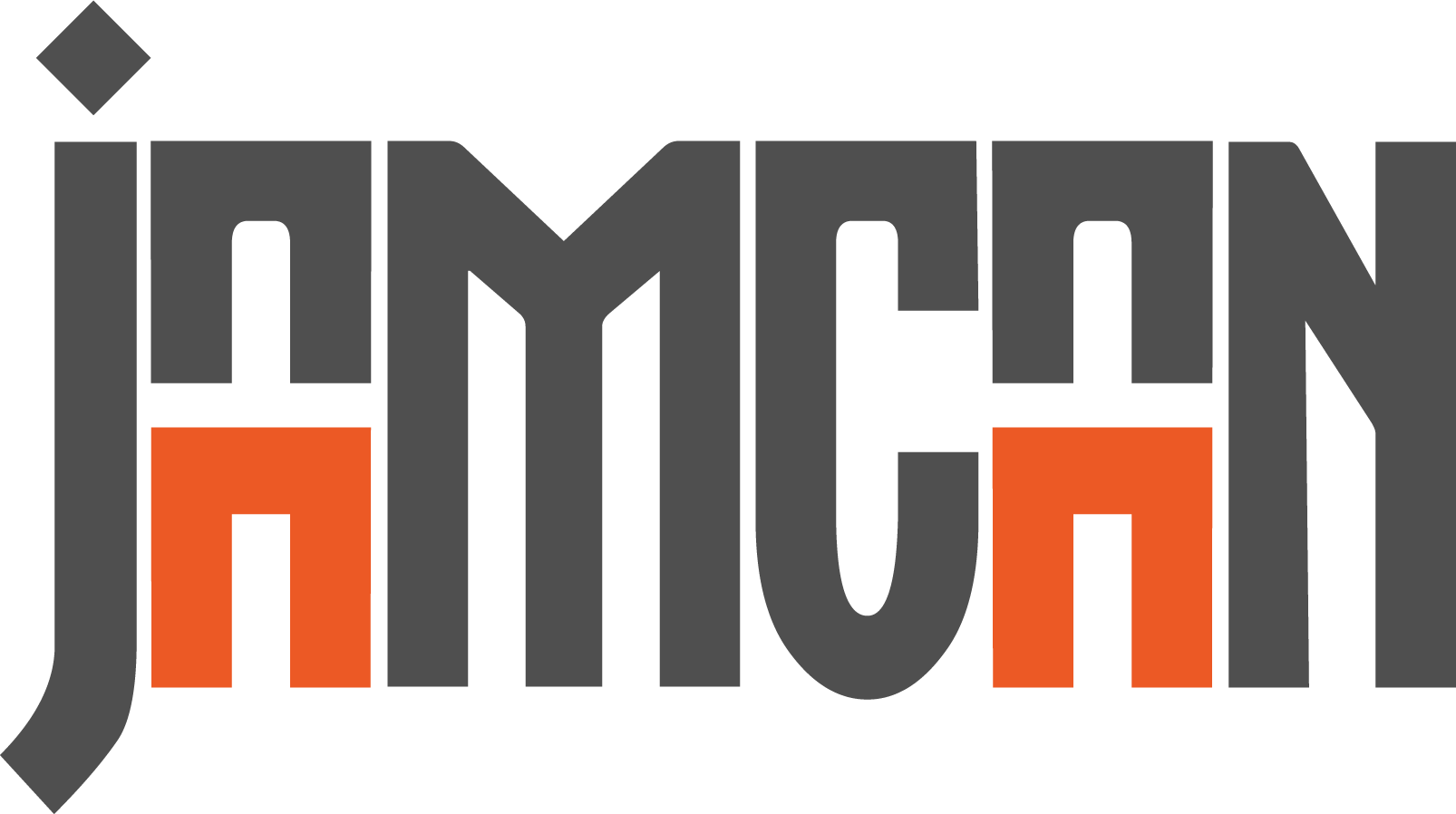Once again, another Jamaican independence celebration draw near. And its time to embrace this diverse culture which motto states (Out of one we are many people)
A short history about the independence of Jamaica.
Jamaica became independent on August 6, 1962, remaining a member of the British Commonwealth. The United States recognized Jamaica’s independence on August 16, 1962, with the establishment of the American Embassy at Kingston.
And this day, a national holiday which we celebrate.
The island became an imperial colony in 1509 when Spain conquered the Indigenous Taino people. In 1655, British forces took the island with hardly a fight, and the British Empire claimed it. Over the years, escaped slaves joined the Indigenous Taino in the mountains, forming a society known as Maroons. Maroons won a war against British forces (1728–1740) but lost a second war (1795–1796). In the 1800s, slavery was abolished and Jamaicans gained suffrage, although the British still held power. Early in the 20th century, Marcus Garvey promoted Black nationalism and became the most notable Black leader of his day. During the Great Depression, workers protested inequality and fought the authorities in Jamaica and other Caribbean colonies. In 1943, labor leader Alexander Bustamantewon an electoral victory and established a new, more liberal constitution. After World War II, Jamaican leaders developed the government structure to prepare for independence. In 1962, Bustamante’s party won the election and he became premier. That same year, the UK Parliament officially granted Jamaica independence, and Bustamante became the independent country’s first prime minister











